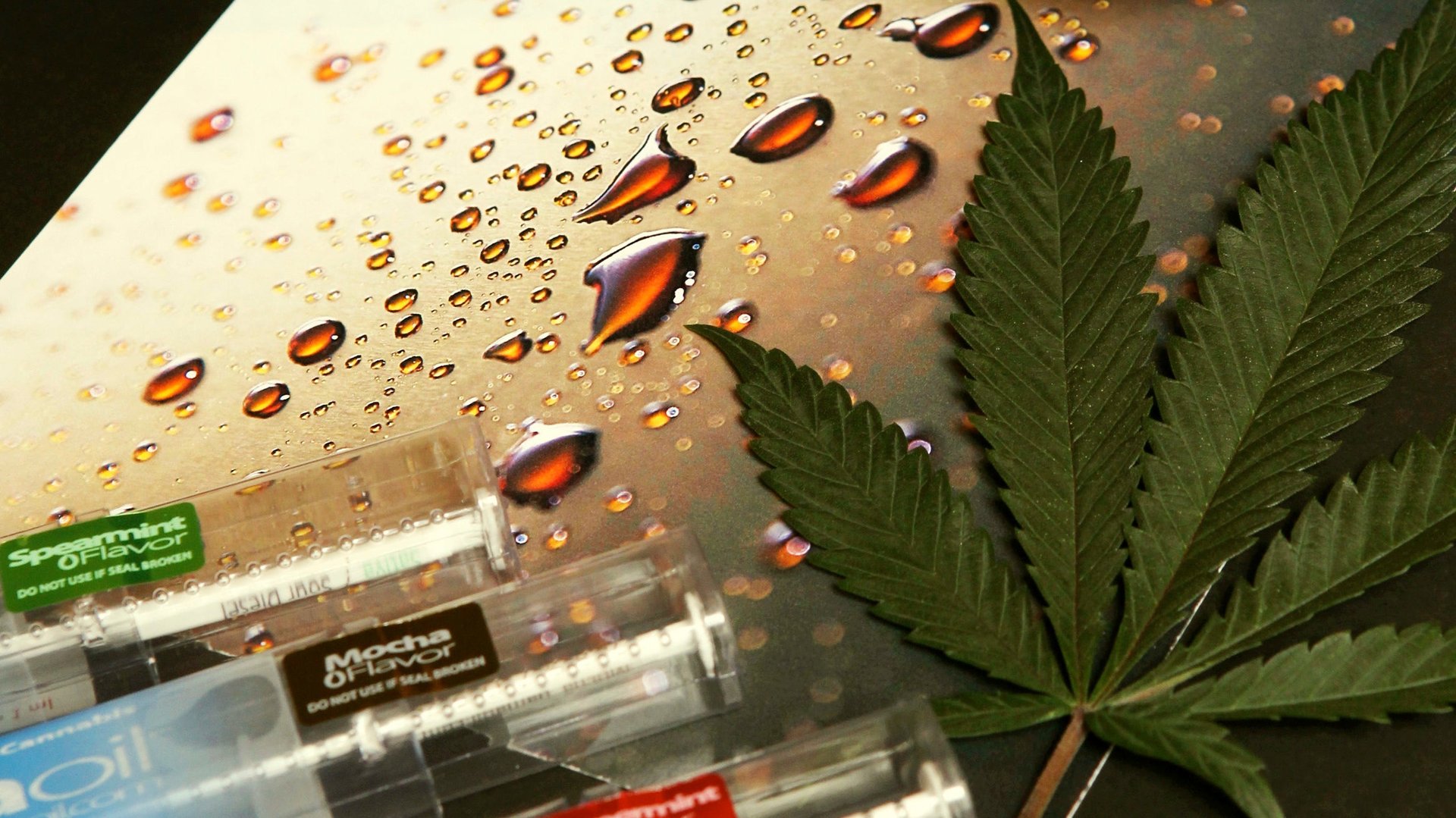A neurobiologist says medical marijuana could solve the US opioid abuse crisis
Americans are in pain. Over 2.5 million people in the US are addicted to opioids, the US Department of Health and Human Services reports (pdf). About 80 die daily from opioid overdoses. It’s gotten so bad that even conservative state legislators want to legalize medical marijuana, arguing it’s a safer, less addictive pain killer.


Americans are in pain. Over 2.5 million people in the US are addicted to opioids, the US Department of Health and Human Services reports (pdf). About 80 die daily from opioid overdoses. It’s gotten so bad that even conservative state legislators want to legalize medical marijuana, arguing it’s a safer, less addictive pain killer.
Yasmin Hurd, a neuroscience, psychiatry, and pharmacology professor at Mount Sinai Hospital’s medical school in New York, writing in Trends in Neuroscience on Feb. 2, agrees. She believes weed legalization can lessen opioid addiction dramatically, and that scientists must join the cultural conversation about cannabis. She writes:
Epidemics require a paradigm shift in thinking about all possible solutions. The rapidly changing sociopolitical marijuana landscape provides a foundation for the therapeutic development of medicinal cannabidiol to address the current opioid abuse crisis. We have to be open to marijuana because there are components of the plant that seem to have therapeutic properties, but without empirical-based research or clinical trials, we’re letting anecdotes guide how people vote and policies.
Cannabidiol, or CBD, the non-psychoactive element in marijuana, can treat opioid addiction, says Hurd. Studies support the claim: CBD has been shown to attach to different receptors in the brain and reduce opioid cravings for weeks after ingestion, according to animal research. “Preclinical animal models have long demonstrated that, in addition to reducing the rewarding properties of opioid drugs and withdrawal symptoms, CBD directly reduces heroin-seeking behavior,” she explains. (Heroin is an illegal, street opioid; there are other legal prescription opioids sold in pharmacies.)
Plus, because CBD produces no high, its legalization isn’t likely to lead to a black market, Hurd notes. Illegal pain pill sales and use are common, on the other hand, and result in criminal charges.
But scientists haven’t been able to test whether the effects seen in animal models would translate to humans, because marijuana research in the US has been hampered by the federal government’s classification of the drug as a Schedule I substance with “no currently accepted medical use,” according to the Drug Enforcement Administration. Cannabis is illegal nationally, although it is increasingly permitted for medical purposes in many states, with various limitations.
There is some anecdotal evidence that suggests replacing opioids with medical marijuana would work. Hurd notes that states with legal medical marijuana have seen a reduction in painkiller prescriptions, addiction, and associated deaths. For example, a study from Columbia University researchers last year found that states with legal medical marijuana had fewer traffic fatalities associated with opioids; this research team also argued that medical marijuana legalization could lead to a reduction in prescription painkiller addiction.
The DEA seems increasingly inclined to agree that CBD, at least, has a medical use. In December, the agency announced a new code for the extract in the Federal Register, designed to expedite cannabis extract research for medical purposes. “From a practical standpoint, we are giving priority, actually, to those researchers who are conducting research with marijuana extracts, [which] the internal code will allow us to track and prioritize,” DEA spokesman Russ Baer told US News & World Report. “We recognize there have been some studies that have been promising…and we want to be able to support that ongoing scientific research, particularly as it relates to marijuana extracts.”